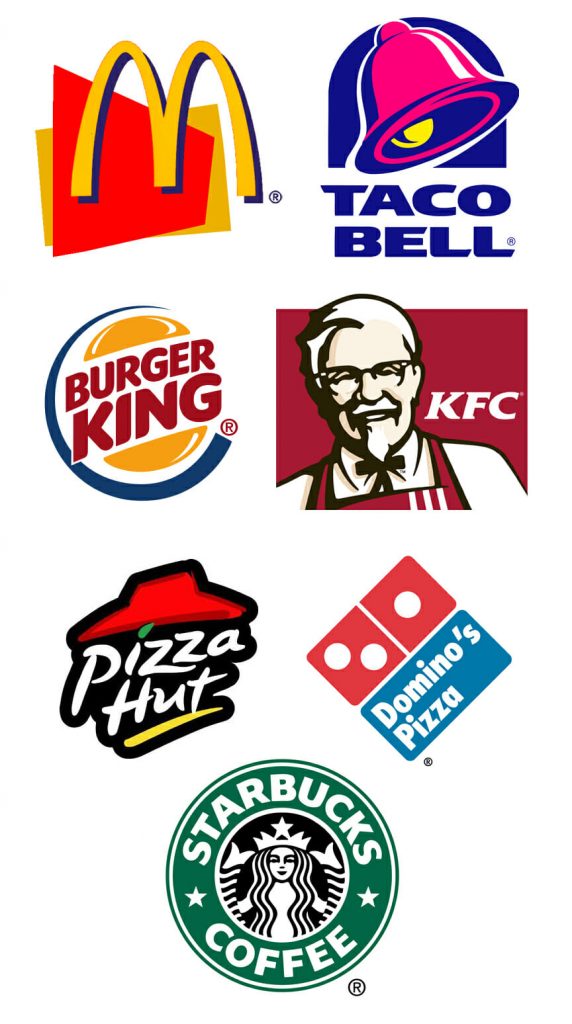Introduction
The fast-food supply chains’ internal process operation capitalize on vast networks and high presence in various strategic locations & station.
The name IN-N-OUT does not necessarily imply fast service, but is a marketing strategy for IN-N-OUT Burger fast food supply chain company to market and sell hamburgers. Various fast food supply chains are featured, including IN-N-OUT Burger, McDonald’s, Starbucks, Burger King, and Subway in the discourse.
The customer service strength of each are featured besides a focus on the common bottlenecks that the fast-food supply chains face. The fast-food supply chains capitalize on vast networks and high presence in various strategic locations to ensure timely customer deliveries.
Internal Process Operation: Fast-Food Supply Chains
Different fast-food supply chains adopt different internal process operation strategies to achieve customer delivery. IN-N-OUT Burger Company meets the customer delivery period through its wealth of experience and expertise in its customer service delivery. IN-N-OUT Burger has expanded to 274 locations; hence, it is able to deliver products to its customers easily.[1] The company also has a drive-through facility for customers with vehicles, which reduces the company’s product delivery times.
On the other hand, McDonald’s internal process operation utilizes its economics of scale to make quick deliveries because such a strategy considerably reduces its cost of making deliveries. According to Schröder (2003), the food supply chain company also capitalizes on continuous improvement to offer quality customer service delivery, including a reduced customer delivery period. The company, just like IN-N-OUT Burger, has a vast network of restaurants across the U.S and the world at large; hence, customer deliveries are prompt. Starbucks Company, Subway Company, and Burger King Company also adopt different strategies to achieve timely customer delivery.
Starbucks Company, Subway Company, and Burger King Company adopt different strategies to realize prompt customer delivery. According to OCLC, Starbucks Company ensures quick customer delivery through adopting strategic planning and efficiency in product delivery logistics, unlike Subway Company.[2] What is more, Burger King is another food supply chain company, which has a vast network just like McDonald’s fast food supply chain company.
The presence of the Burger King Company in many parts of the U.S and the world reduces the customer delivery period. According to Schröder, the company has an amazing market penetration; hence, customer deliveries are enhanced.[3] In addition, Subway fast food supply chain company is arguably the largest fast-food supply chain company in the world given its many outlets across the world. This makes it easy for timely customer deliveries. Challenges abound for fast-food supply chains.
The fast-food supply chain companies face various challenges including lack of traceability of supply chain processes. The companies sometimes fail to trace flaws in their supply chains, which makes flaws persist and the associated customer negative ratings. The other challenge is the food supply chain’s inability to maintain high levels of safety and quality of the products delivered to the clientele.[4] For instance, only McDonald’s fast food supply company adopts the continuous improvement Kaizen principle by way of ensuring best practices in all its operations to boost quality customer service delivery.
The other challenge is inadequate communication between various parties in the fast-food supply chain, which leads to a breakdown and sometimes stalling of operations besides frequent errors and associated additional costs to production.[5]
The other challenge is the failure of the fast food-supply chains to accurately track and control inventory in various stores and go-downs leading to the expiry of some products or theft of products by the unscrupulous elements who take advantage of such a loophole. Largely, there is need for focus on customer needs and streamlining of supply chain processes to ensure efficiency and effectiveness on customer delivery.
Conclusion
The fast-food supply chains capitalize on vast networks and high presence in various strategic locations to ensure timely customer deliveries. However, various challenges face the fast food supply chains, including failure to maintain safety and quality of the product, failure to track inventory, increased supply chain costs, and inadequate communication between relevant parties.
However, focus on objectivity and unity of purpose of the staff in the supply chain will address the challenges. The focus on quality customer service as an internal process operation will ensure that customers are safe and receive quality products and services.
References
[1] Perman, S. (2009). In-N-Out Burger: A behind-the-counter look at the fast-food chain that breaks all the rules. Pymble, NSW: HarperCollins ebooks.
[2] OCLC. (2019). Sustainable food supply chains: Planning, design, and control through.
Elsevier Academic Press.
[3] Schröder, M. J. A. (2003). Food quality and consumer value: Delivering food that satisfies. New York: Springer.
[4] [5] Asaad, J. (2018). Fixing the 5 big problems in the food supply chain.
